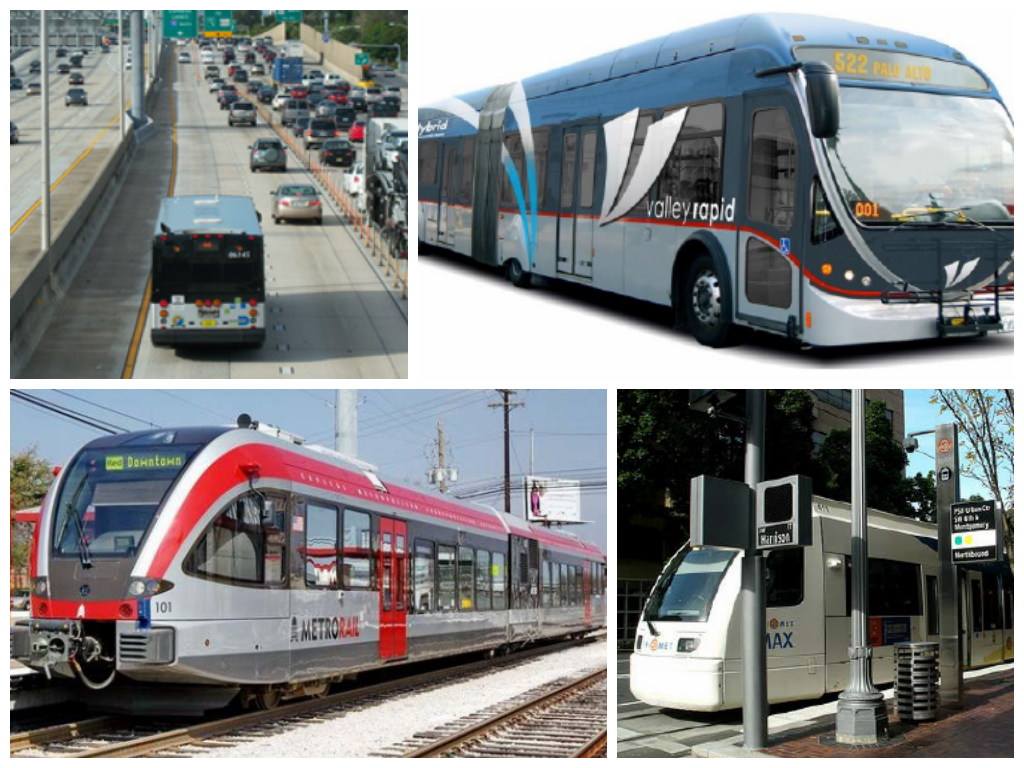In mid-July, ACOG staff and lead consultant, URS Corporation, held a series of workgroup meetings in order to educate key stakeholders about the possibility of enhanced public transportation options within the region. The meetings were part of the public outreach effort for the Commuter Corridors Study, which is a comprehensive alternatives analysis of potential future transit modes and alignments within three corridors identified in the 2005 Regional Fixed Guideway Study.
The North Corridor stretches for 14 miles between Edmond and downtown Oklahoma City, the East Corridor is a 10-mile corridor that extends between downtown and Midwest City/Tinker Air Force Base, and the South Corridor is a 17-mile stretch that extends to Moore and Norman. In each corridor, meetings were held with both local stakeholders (elected officials, business owners, and city staff members) and community leaders. A final downtown Oklahoma City meeting was held for both stakeholders and community members who represent the downtown area where the three corridors converge.

Corridors identified for further study in the 2005 Regional Fixed Guideway Study
The Commuter Corridors Study, also known as CentralOK!go, will consider multiple modes of public transportation for commuter service. Examples include commuter rail, light rail, bus rapid transit, and express bus. The speed, numbers of stops, frequency, and numbers of passengers served vary for each mode, as described in the Transit Fact Sheet. A locally preferred alternative (mode and alignment) with the right fit for the riders and the region will be selected for each corridor in the study.

Transit modes under consideration: Express Bus, BRT, Commuter Rail, and Light Rail (clockwise from top left)
In recent months, the Regional Transit Dialogue (RTD) Steering Committee established the following goals for the Commuter Corridors Study:
Umbrella Goal: Enhance Quality of Life
- Enhance regional connectivity and increase equitable access
- Support economic development and shape growth
- Provide a balanced and coordinated multimodal transportation system
- Maximize regional participation
After working in small groups, each corridor workgroup developed the following additional goals that they thought represent the needs of their community:
North Corridor:
- Provide an easy to use service with a focus on multimodal connections
- Maximize the ability to access local, regional, and federal funding to build and operate the service through governance
East Corridor:
- Provide for future transit growth through preservation of the existing freight rail corridors
- Provide travel options to major activity centers, including “last mile” connections within the East Corridor and the Region.
South Corridor:
- Provide a reliable and convenient public transportation service
- Enhance the transit and land use nexus
Overall, the response to the study appeared to be very positive. The workgroups were energetic and excited to talk about the possibility of having commuter transit in the region. The participants were able to come up with some great ideas to ensure the system succeeds. Several workgroup members thought that it is imperative that the system is built to work seamlessly with the other transportation options available in the region; this means having bus and park and ride access, as well as being pedestrian and bike friendly. Others would like to see a well thought out governance and revenue generation structure. Workgroup members also discussed scheduling options, as well as making sure corridor specific activity centers aren’t missed.
It was encouraging to see the city leaders and community members who were involved in the workgroup meetings come up with these well thought out goals. It shows that they have given some thought to the idea of regional transit and want to see specific things happen. These goals also help ACOG and the consultants identify what people outside the Regional Transit Dialogue expect to see in an enhanced public transportation system.
With the data collected in the workgroup meetings, URS will develop an evaluation matrix based on the goals from the RTD Steering Committee and the corridor workgroups, as well as objectives to reach those goals. The matrix will be used to screen the various modes and alignments for eventual selection of a locally preferred alternative for each corridor or combination of corridors. ACOG and URS will hold the next round of workgroup meetings and a public open house in November.
For more information about the Commuter Corridors Study, please visit the CentralOK!go website.